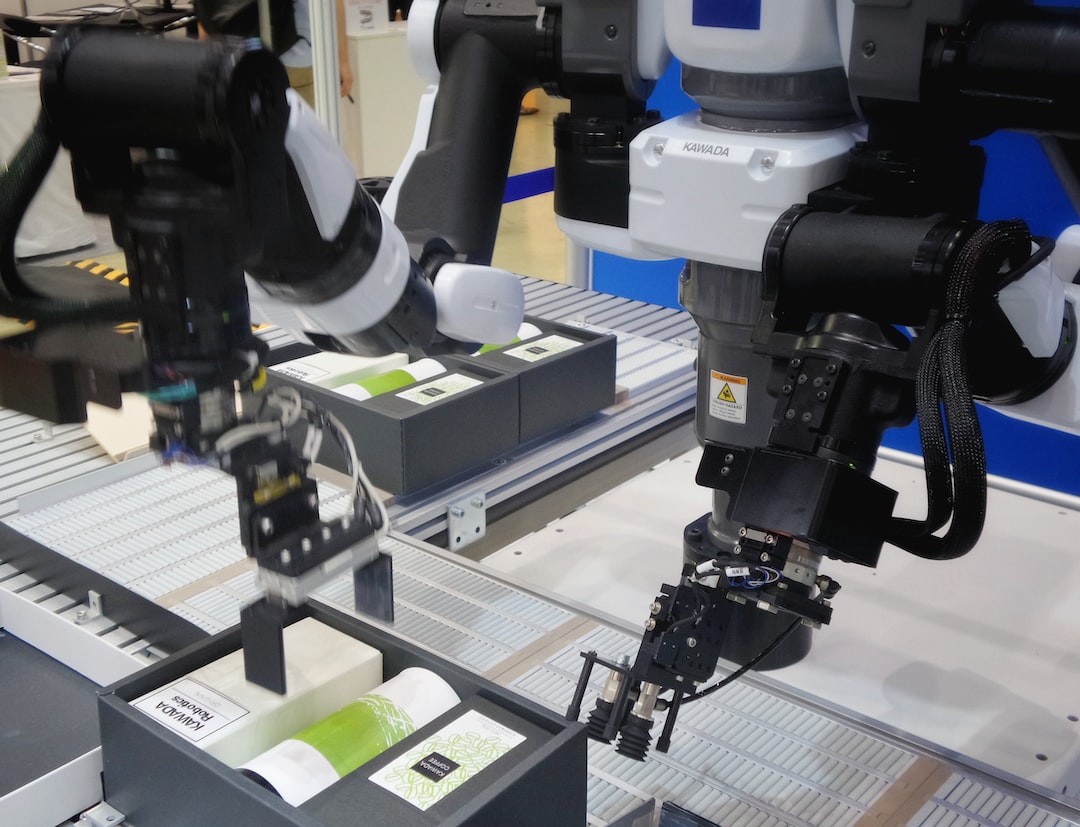The Role of Augmented Reality in Enhancing Manufacturing Processes
The manufacturing industry is constantly seeking innovative solutions to enhance productivity, streamline operations, and improve overall efficiency. One technology that has gained significant attention and is transforming the manufacturing landscape is augmented reality (AR). Augmented reality is an immersive technology that combines the physical and digital worlds, overlaying digital information onto the real world in real-time. While often associated with gaming and entertainment, AR is proving to be a game-changer in the manufacturing sector.
AR opens up a world of possibilities when it comes to enhancing manufacturing processes. By integrating digital information such as instructions, guidelines, and real-time data into the physical production environment, AR can help optimize workflow, improve quality control, and boost productivity. Here are some key ways in which augmented reality is revolutionizing manufacturing processes:
1. Assembly and Maintenance Assistance:
AR can provide real-time visual instructions and guidance to workers during assembly processes. By using AR-enabled smart glasses or mobile devices, workers can have their hands free while following step-by-step instructions and virtual guides that are overlaid on the actual physical components. This significantly reduces human error, speeds up the assembly process, and ensures consistency in quality. Similarly, AR can aid maintenance technicians by overlaying virtual information on machinery and equipment, highlighting components that need attention, and providing real-time troubleshooting assistance.
2. Training and Skills Development:
AR is a powerful tool for training new employees or upskilling existing ones. By using AR simulations, trainees can practice complex manufacturing processes in a virtual environment, allowing them to gain hands-on experience without risking expensive equipment or materials. AR can also provide real-time feedback, highlighting mistakes and suggesting corrective actions. This not only accelerates the learning process but also helps in reducing training costs.
3. Quality Control and Inspection:
Augmented reality can greatly enhance the quality control and inspection processes in manufacturing. AR-enabled devices can overlay virtual markers or labels on an object, providing real-time measurements and detecting any defects or deviations from specifications. This enables quick and accurate identification of issues and minimizes the risk of faulty products reaching the market. AR can also generate detailed reports and documentation, making it easier for manufacturers to track and analyze quality data.
4. Inventory Management and Logistics:
AR can optimize inventory management and logistics operations, reducing errors and improving efficiency. By using AR, warehouse workers can be guided through the picking and packing processes, ensuring accurate order fulfillment. AR can also provide real-time inventory updates and locate specific items within a warehouse, making the entire process faster and more precise. Furthermore, AR can be used in logistics trucks to enhance route planning, navigation, and load optimization, resulting in cost savings and streamlined supply chain operations.
5. Collaborative Work and Remote Assistance:
AR allows real-time collaboration between on-site and remote teams. By using AR-enabled devices, experts can remotely guide technicians or workers, providing instructions, troubleshooting assistance, and sharing relevant data. This reduces the need for expensive travel and accelerates problem-solving, resulting in faster production cycles and reduced downtime.
In conclusion, augmented reality is revolutionizing the manufacturing industry by enhancing processes, optimizing workflow, and improving overall efficiency. By integrating digital information into the physical production environment, AR is transforming the way manufacturing processes are conducted. With its ability to provide real-time guidance, training, quality control, and collaboration, augmented reality is poised to become an integral part of the manufacturing landscape. As technology continues to evolve, it is crucial for manufacturers to embrace and explore the potential of augmented reality to stay competitive and reap the benefits it offers.


